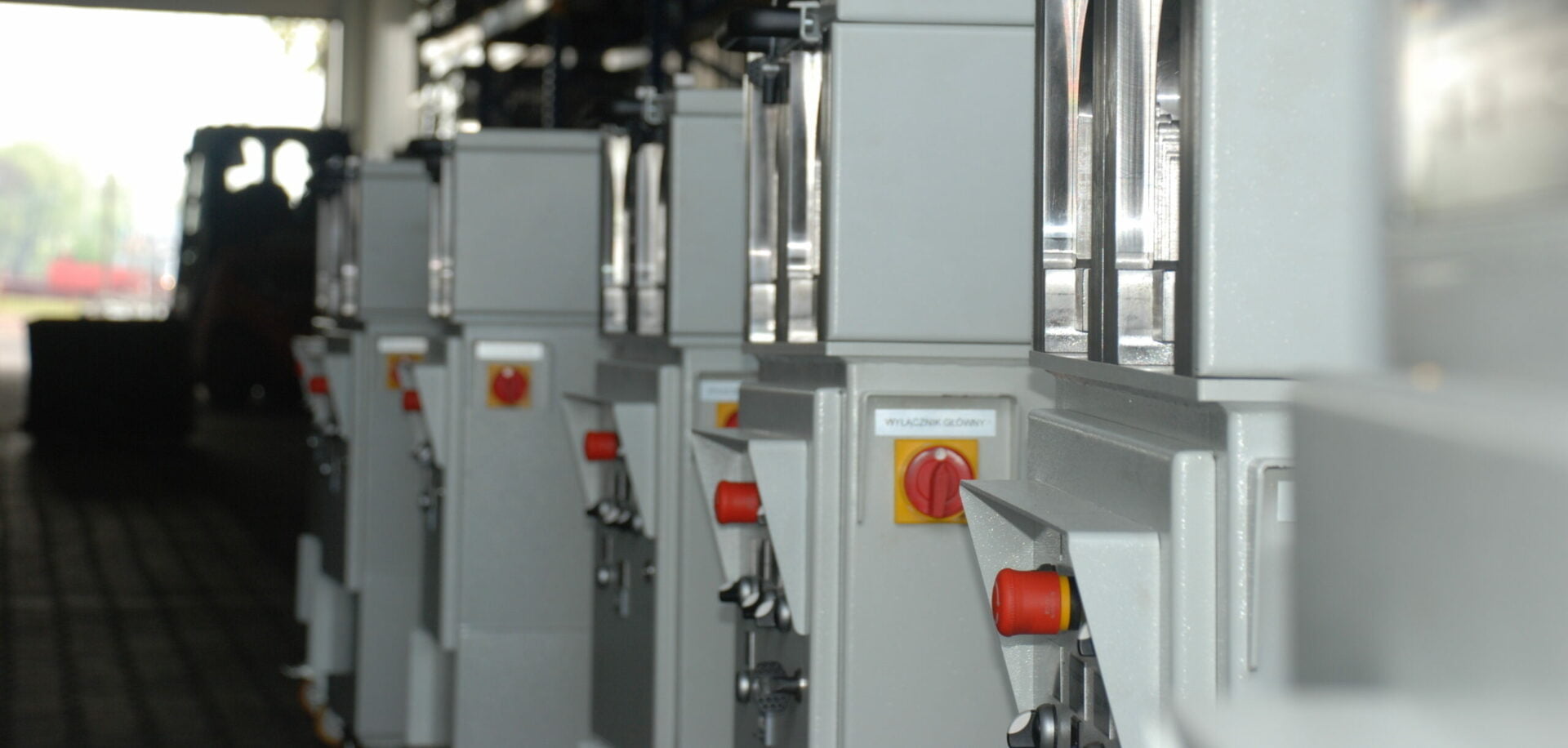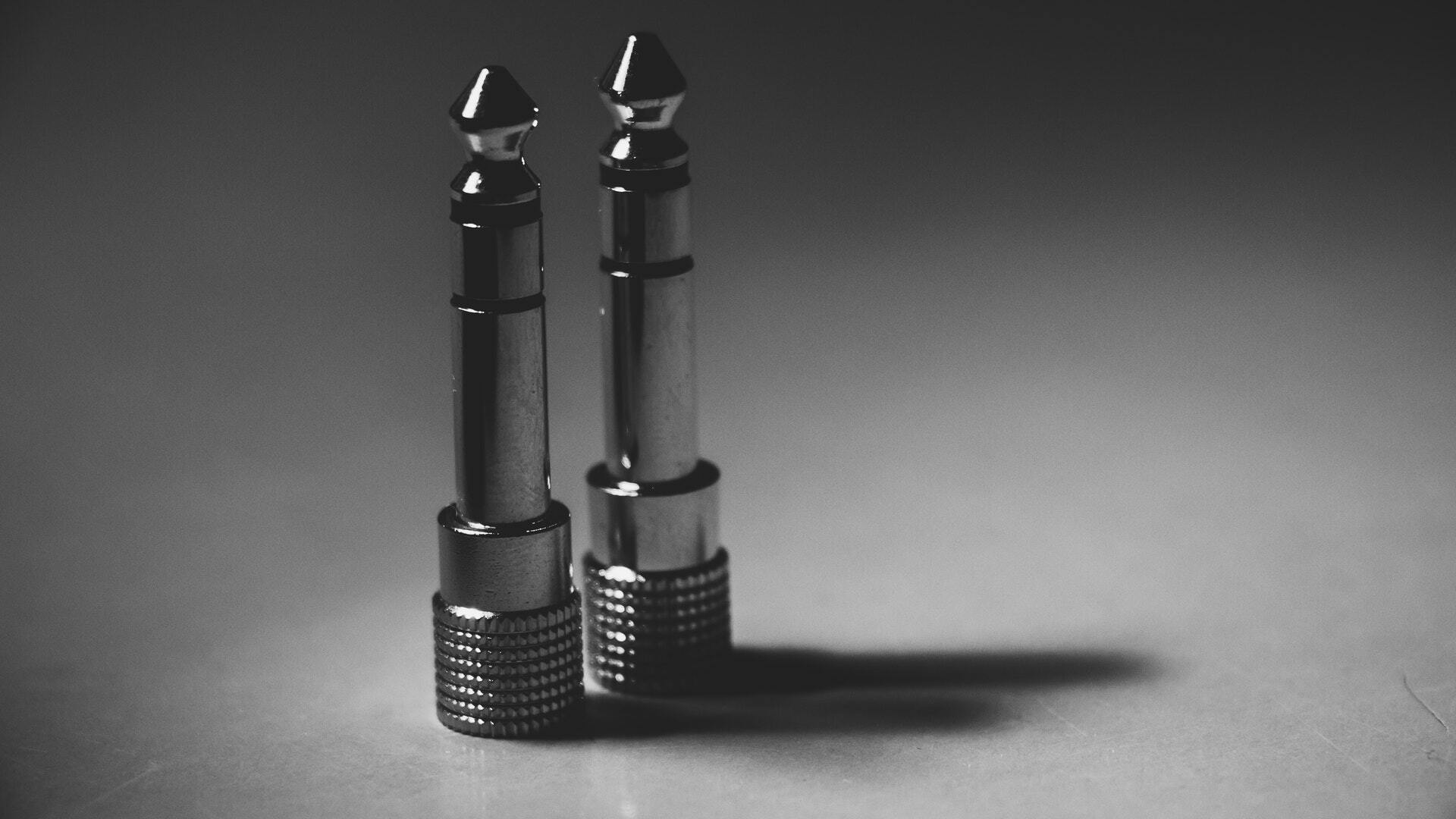A fully equipped tool shop is an absolute basis when it comes to a production plant. If we want to manufacture components for the automotive, agricultural, construction and many other industries, we will have to use various production techniques as well as modern, solid and properly matched tooling. Dies will play a huge role in metal forming. What is their use and what should you know about their production? Some information below.
Drop forging – the use of dies in machining
Nowadays, forging is no longer associated with a sweating craftsman, but rather with an automated process using a variety of tools. We distinguish between free, semi-free and die forging. The latter procedure requires the use of a die, which is attached to the press table, in order to then give the object the desired shape with its help. For this purpose, the action of high temperatures is also used. This method is popular mainly due to the achievable precision, as well as saving the processed material. The dies allow for the quick and relatively inexpensive production of components such as gears, crankshafts and many others.
Production of press dies – material and technology
Material plays an extremely important role in the production of press dies. The best quality dies are made of tool steel with a hardness of about 56 on the Rockwell scale. Why is such a material ideal for metal forming and die forging? First of all, because the tool steel is resistant to abrasion and high temperature, which is used during forging with the use of a die. The material is also resistant to impact and deformation.
Since we already know what forming dies are made of, it is also good to be aware of what their production looks like. This process is largely individual, and the course of work depends on the content of the documentation provided by the client. The implementation design is only created after the guidelines are developed in the construction and design office. Most of the factories specializing in the production of dies have CNC technology, which allows you to achieve the highest precision and produce even complex shapes. Accuracy and compliance with the order is extremely important as the slightest mistake may prevent the tool from being able to fulfill its task properly.


